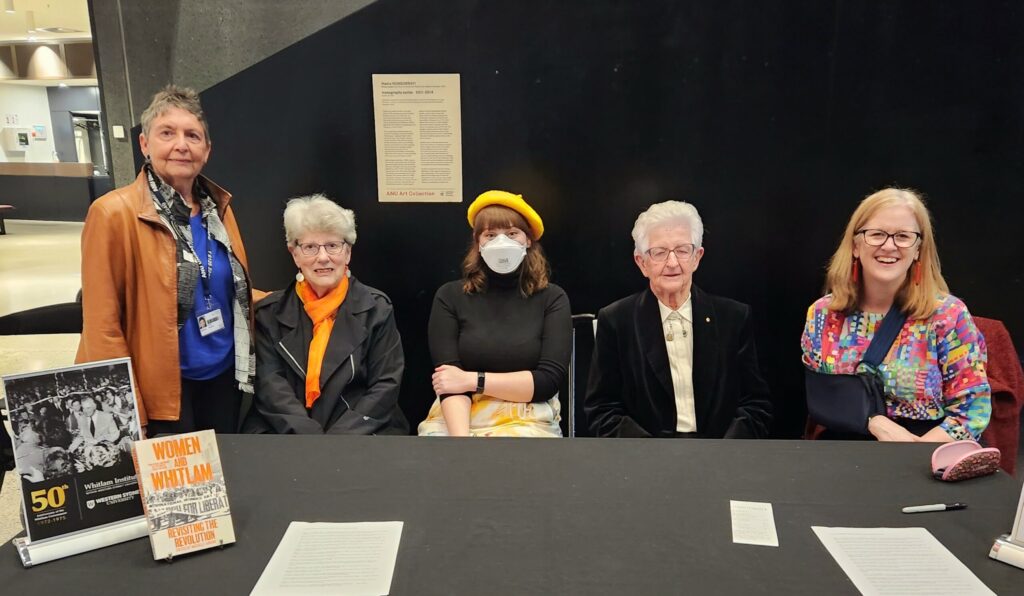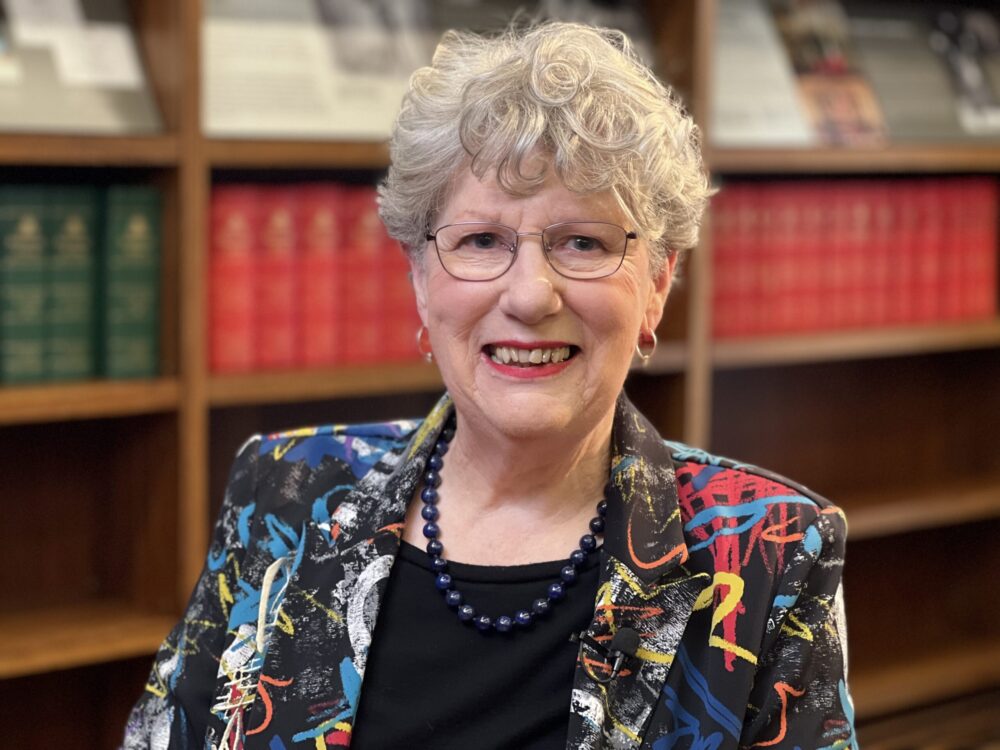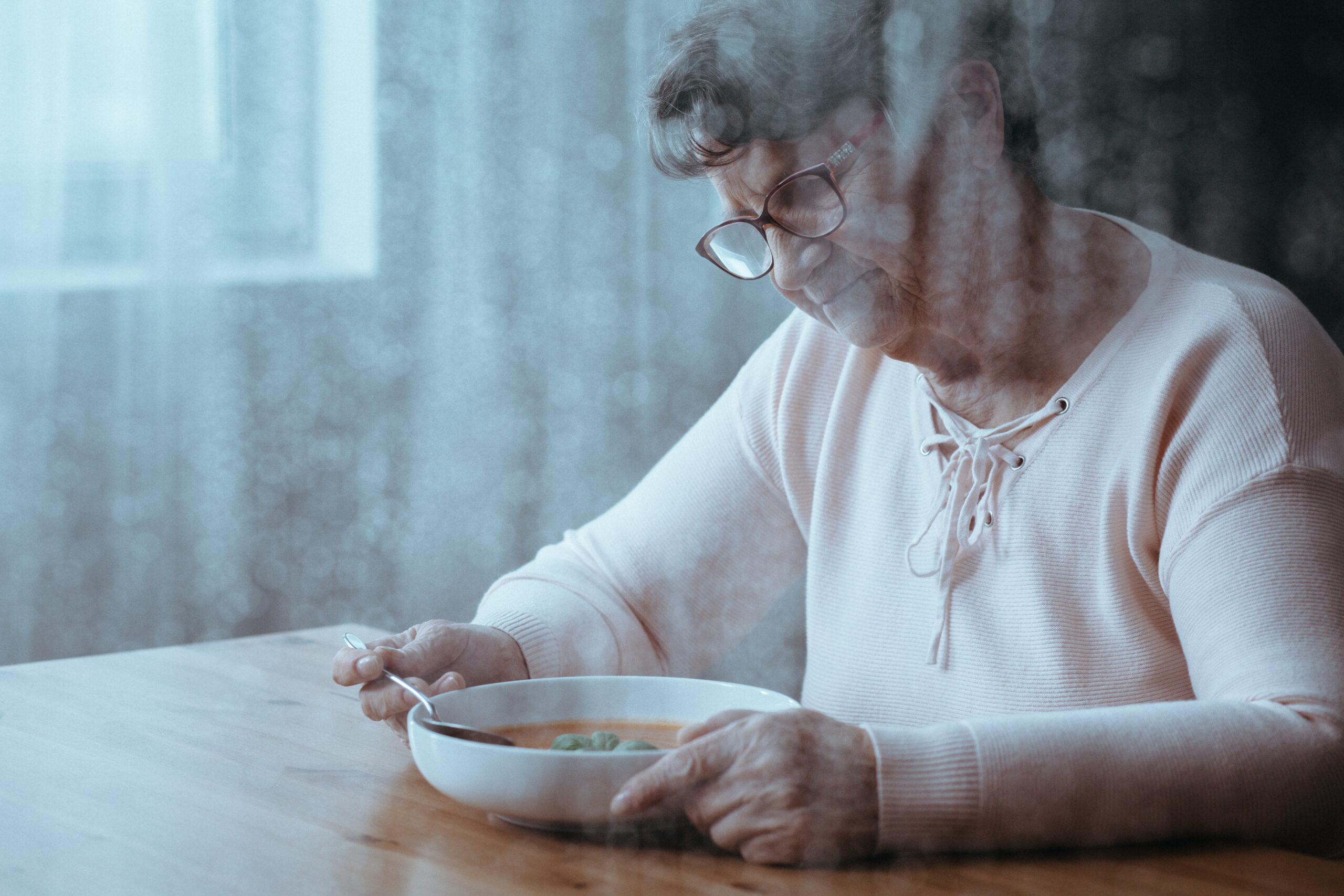This is a slightly revised version of a vote of thanks given after a panel to launch of the ‘Women and Whitlam’ book with contributors, Elizabeth Reid, Marie Coleman and Blair Williams in conversation with editor Michelle Arrow. This was part of the ANU Meet the Author series, organised by Colin Steele at Kambri Cultural Centre Cinema, April 18. The podcast is available at Meet the author – Michelle Arrow, Marie Coleman, Elizabeth Reid and Blair Williams.
If you’re interested to know more about the book itself, check out this Q and A Michelle Arrow did with BroadAgenda editor, Ginger Gorman.
As the Honorable Tanya Plibersek observes in her foreword in popular memory, “the Whitlam government can feel like a three-year blur of movement and change.” But those revolutionary changes took years of hard, detailed policy work, much of it in the “long, cold exile of opposition” for 23 years. Moreover, despite the parlous representation of women in Parliament, the judiciary and senior levels of the public service at the time, these changes were co-created in partnership with women who were directly affected by major policy changes. As Plibersek avows, as we now say, Nothing about us, without us.
Women were brought into the governing apparatus, but were connected to large numbers of women beyond, mobilised through the Women’s Electoral Lobby and the wider congregation of the Women’s Liberation Movement, embracing vibrant, diverse, debating streams of feminists – liberal feminists, radical feminists, socialist feminists. I swam in the latter stream.
Plibersek draws two great lessons from Gough Whitlam – first that governments must be brave and bold, and second that they must be practical. She quips: “You can buy Blue Poles and sewer Western Sydney.”
The many contributors chart how expansive this revolution was for women. Legislation and policy changes initiated included:
- Equal pay for work of equal value, extension of the minimum wage for women, early analyses of the gendered segmentation of the work force and of gaps in pay and superannuation
- The establishment of paid maternity leave provisions for women working in the Commonwealth Public Service
- No fault divorce and the establishment of the accessible Family Court system, moving marriage law away from the patriarchal precepts of medieval ecclesiastical courts and Christian notions of guilt
- Support for women subject to domestic violence, and for divorced, widowed and unmarried mothers, through the Supporting Mothers’ Benefit
- Provision of broad public health support through Medibank (pushed back under Fraser, but reanimated as Medicare under Hawke) and specific women’s services – cheap, accessible contraceptives, breast screening, pap smears and moves toward to the decriminalisation of abortion (although that was not effected across all states and territories until 2019)
- Free tertiary education for women and men (precipitating a great wave of university enrolments including many working class and older women)
- Robust support for the arts – leading to the establishment of the Australia Council, the Australian Film Commission and the Australian Film, Television and Radio School which afforded opportunities for women performers including Cate Blanchett, Margaret Roadknight and Patricia Amphlett (aka Little Pattie)
And a range of other policy developments: support for the disabled, dedicated urban and regional planning, the end of conscription and the release of draft resisters from prison, all of which had positive effects for women.
Born in 1949 into a working-class family in Sydney where I was involved in the anti-war movement, the women’s movement and students for a democratic society, I felt viscerally the effects of these revolutionary changes in Australian politics and society. They transformed, indeed revolutionised, my horizons for the future.
This book consummately charts these revolutionary changes in Australian society – across diverse fields – women’s influence in politics, women and the law, women’s health, welfare, and social policy, women in arts and education. I was sad not to see the latter accompanied by a consideration of the revolutionary changes in higher education – not just in the numbers of women as students and staff but of the radical revolution in knowledge, challenging masculinist disciplines and misogynist practices.
Still, the book shows the vital connections between these several fields across the broader terrain of Australian society. For example, the changes effected in family law (as remembered by Elizabeth Evatt and Camilla Nelson) were integrally connected with the broader changes in what was happening in socio-economic life and in social values.
Authors contributing to this book combine moving personal memoir with consummate analysis of the processes they were engaged in and the changes they were precipitating. I especially relished Biff Ward’s evocation of sisterhood in the women’s movement in Canberra in the 1970s and her recollection of the party where the position of a Special Adviser to PM Whitlam was announced – a post awarded to Elizabeth Reid. Less rosy recollections pervade the chapter co-authored by Cathy Eatock and her late mother Pat – a woman who combined strong commitments to women’s rights and Aboriginal rights but who endured domestic abuse, difficulties with caring for a disabled child and homelessness.

(L to R) Marian Sawer, Elizabeth Reid, Blair Williams, Mare Coleman, Michelle Arrow at the “Women and Whitlam” author event in Canberra. Picture: Supplied
She lived for a while at the Women’s Liberation House on Bremmer Street (where she and her kids could only bed down when meetings were over) and with her friend Elizabeth Reid (who was her campaign manager when Pat ran as an Independent for parliament. Pat suffered racist interrogations and vilifications of her Indigenous identity. She eventually won a defamation case against Andrew Bolt.
There are graphic accounts of media and popular misogyny in the period. There was the snide reporting of women appointed to new well-paid positions in the public service – sexist jokes proliferated (e.g. to Margaret Reynolds that Chairlady sounded like Charlady). There was the infamous Canberra Times’ reportage on the Women and Politics conference in Canberra in 1975 which brought over 800 women to the capital.
This occasioned a vigorous protest from many delegates who occupied the newspaper’s offices, demanding professional journalistic standards. Similarly in reports on the International Year of Women, and subsequently the large UN Conference in Mexico in 1975, divisions between women were often exaggerated and amplified. Yet, there were welcome signs of the popular penetration of new values – alongside the “Easy Summer Cooking” in The Women’s Weekly appeared an “Easy Guide to Family Law.”
I focus finally on the key message for me about that revolutionary period and how this matters in our present feminist moment. Fundamentally, that is the need for sustaining an interaction between a large social movement and bold action at the heart of government. This is a potent double helix. As Elizabeth Reid and Biff Ward so eloquently show us, it was the mobilisation of women in small consciousness-raising groups, where the personal was political, in large meetings and conferences, and on the streets which put pressure on and legitimated this cascade of policy changes.

The cover of “Women and Whitlam.” Picture: Supplied
Moreover, in her work as Whitlam’s Special Adviser Elizabeth reached out through consultations with women right across Australia and they reached out to her in a flood of letters. Moreover, although women like her and a number of other women who authored chapters in this book might be recognised as ‘leaders’ in this period, there was a broader feminist ethos which stressed collectivity rather than individualist achievement.
As Ranuka Tandan persuasively argues in her chapter – a grassroots women’s movement is vital. And a social movement relevant today and resilient in the face of future misogynist pushbacks must be one that embraces women in all their diversity, and that expressly and frankly confronts the entanglement of the oppressions of race and gender. Tandan celebrates First Nations women fighting on the street today.
We might recall that when Elizabeth Reid made her famous speech at the UN Conference in Mexico she addressed that question, confronting how the feminist perspectives of women differed, diverging between what were then called ‘First World’ and ‘Third World’ (what we might now call minority and majority worlds). It was exciting to be part of that large crowd outside Parliament House in the March4 Justice in 2020 and to witness the incendiary intergenerational outrage which ignited there.
It is gratifying to see the boldness of young white women like Grace Tame and Britanny Higgins. But, as Ranuka Tandan and Blair Williams argue it is important to work to redress intersecting oppressions and to build and sustain the energy of a large, inclusive social movement, beyond the bright spotlight of the media, and now the relentless spotlight of social and digital media, with its even greater potential for misogyny. As someone who has worked in universities for decades, I end by highlighting how important universities are as sites for transforming knowledge for revolutionary social change, as places where books like this can be created, launched and most importantly read for their insights for our shared feminist futures.
- Elizabeth Reid was appointed the world’s first advisor on women’s affairs to a head of government by the Australian Labor Government of Gough Whitlam in 1973. Picture: Ginger Gorman
Margaret Jolly AM FASSA is an Emerita Professor at the ANU. A transdisciplinary scholar of gender and Pacific studies she is currently researching gender and climate change.





